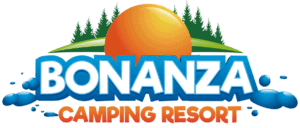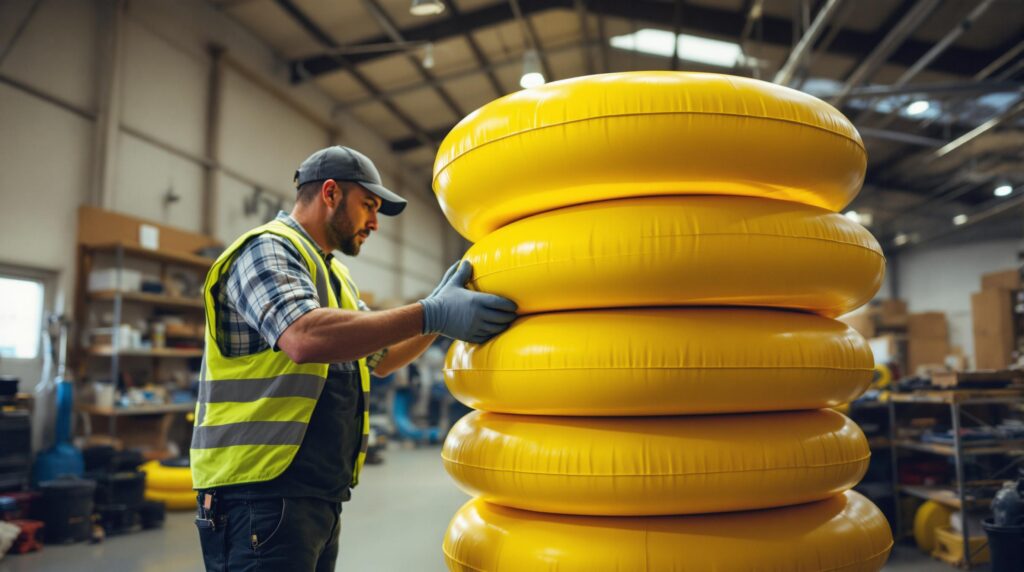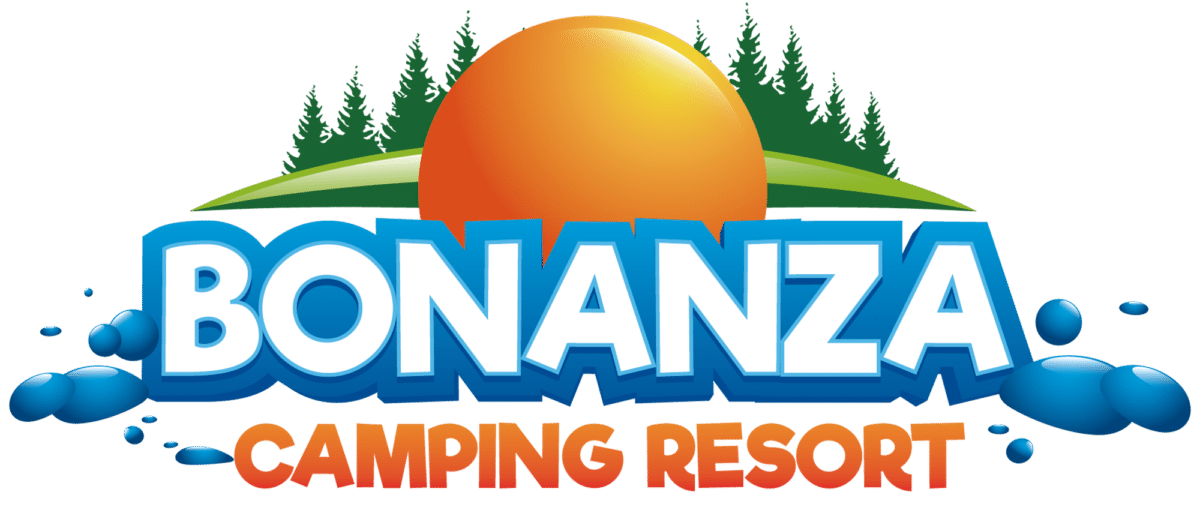Pssst—before your crew zips up the life vests and heads for Thunder Canyon, our 6 a.m. “tube team” is already circling every raft with flashlights, pressure gauges, and a mom-approved checklist that reads like NASA’s pre-launch. Why? Because your six-year-old’s giggle, your TikTok slo-mo, and your quiet campsite view all depend on tubes that are scrubbed, patched, and pressure-perfect—every single day.
Key Takeaways
• Tubes get washed, checked, and filled with air before sunrise every single day
• Water is tested 5 times before lunch and again every 2 hours to stay clean and clear
• A 40-step checklist, color mats, and torque wrenches catch little problems early
• Lightning and repair pauses pop up as texts and on signs so guests always know what’s happening
• All staff are trained in CPR, safety rules, and special pool classes to keep everyone safe
• Every fix is time-stamped in a cloud log that parents, teachers, and insurers can ask to see
• Pumps slow down at night and rinse water waters the grass to save energy and water
• Tubes are rotated, patched, or recycled so rides stay fast and safe
• Pipes are blown dry for winter and warmed up slowly in spring to stop leaks before opening day.
Peek behind the splash:
• 5 water-chem tests before noon ☑️
• 42 bolts torque-checked each dawn 🔧
• 10-mile lightning alerts that text you first ⚡
Ready to see how we turn Midwest weather, surging crowds, and grandkid visits into the smoothest ride in the Dells? Dive in—your insider tour starts now.
Why Perfect Tubes Matter to Every Kind of Guest
Families eyeing the splash zone want medical-grade cleanliness, not mystery puddles. Our daily disinfectant scrub uses mild, phosphate-free soaps that knock out 99 % of germs while sparing sensitive kid skin and Wisconsin waterways. Seams are polished until they’re smoother than your preschooler’s finger-paint paper, trimming any friction that could slow a ride or tug at tiny swimsuit straps.
Thrill-seeking couples chase milliseconds. A freshly conditioned slide wall and properly inflated tube trim drag so you rocket through turns, rack up those 60-fps GoPro shots, and still have time for a craft-brew crawl downtown. Veteran RVers across the street sleep easier because tuned pumps hum at lower decibels, and corrosion control keeps metallic tastes out of runoff. Youth leaders? They walk away with time-stamped logs that drop liability headaches faster than a kid down the flume.
Dawn to Doors Open: The 40-Point Walkthrough
At first light a technician in a high-vis jacket follows a route mapped out by a 40-point checklist adapted from the Mason schedule. Debris, vandalism, and micro-cracks are flagged, photographed, and fixed before the coffee even brews in the campground store. Joints receive a torque-wrench twist until every “click” hits factory spec, and non-slip stair treads get a hand-feel test to prevent even a toe-tap of wiggle.
Next stop is the Tube TLC Station. Each inflatable rolls onto color-coded mats—green for ready, yellow for a top-up, red for a seam inspection. Pressures are dialed to the sweet spot that survives 30-degree morning swings without over-stretching rubber when the thermometer soars by noon. Mild detergent, disinfectant rinse, and UV-blocking towel-drying complete a circuit that would make a dentist proud of the shine.
Midday Tweaks and Real-Time Guest Updates
Crowds spike, chlorine demand jumps, and the sun starts to sizzle—so we pivot. Water chemistry is re-checked at two-hour intervals, and readings are logged digitally per the Roller checklist. If alkalinity drifts, automated feeders micro-dose corrections within minutes, keeping water sparkle-clear for your next selfie.
Meanwhile attendants rotate tube batches so no single set endures the lunchtime surge alone. A rack of “hot spares” shaded near dispatch lets us swap in fresh rubber without freezing the line. Status boards flip from green to amber the instant a cloud pops up on our lightning-tracker app; the same system fires an SMS to anyone who opted in at check-in, turning downtime into snack-break intel rather than frustration.
Weekly Wrenches, Wash-Downs, and Data Trails
Every Tuesday after closing, the crew breaks out socket sets and scan-lights. Raised bolts or missing acorn caps on flume joints are replaced, and aluminum brackets hiding under Tuff Pads get a corrosion-detecting chemical swipe. A full rinse-and-conditioner wipe follows, fending off sun fade and plastic brittleness cited by industry guidelines.
Paperwork matters just as much as polish: each task feeds into a cloud log that time-stamps the technician, part, and action. Youth-group planners can request a PDF for insurance files, and veteran RVers love knowing decades-long paper trails backstop every shiny bolt they see. The dataset also fuels predictive maintenance, letting us schedule fixes before small issues balloon into downtime.
Storm Mode: When Clouds Roll Over the Dells
Wisconsin skies shift faster than a teen deciding which emoji to post. Our on-site weather station pings staff the moment lightning creeps within 10 miles. A rehearsed, one-sentence script moves guests to shelter, pumps idle down to half-speed so chlorine stays circulating, and filtration keeps water from turning murky in the humid lull.
Once thunder fades, a rapid debris sweep targets branch punctures, stray trash, and moisture in electrical housings. Only after a dual sign-off by lead tech and manager do flip boards change to green and phones buzz campers that Thunder Canyon is back on. Transparency here isn’t fluff; it’s the difference between complaints and “Wow, they’ve got our back.”
Bookends of Winter and Spring: The Quiet Work You Never See
When frost warnings hit, every buried feed and return line gets blasted with compressed air. Residual water can bloom into PVC-splitting ice overnight, so we won’t gamble. Tubes are rinsed, dried, dusted with talc, and stacked inside a heated loft where rubber stays supple all winter. Flume sections prop open with vent sticks, letting condensation evaporate instead of freezing into mildew.
April’s reopening isn’t a faucet-on free-for-all. We awaken the system at half flow for 24 hours, spotting tiny seepages before summer pressure hits. Stainless bolts are greased with silicone, breathable tarps replace plastic wrap, and a third-party inspector signs off on every gasket before the first guest ticket scans.
Tubes Have a Life Story—Here’s How We Write the Next Chapter
Each raft sports a stenciled alphanumeric on its underside. Morning rotation charts make sure Section A doesn’t shoulder Saturday crowds alone, extending life spans and keeping color fade uniform for those drone shots. Patch jobs get logged by date and quadrant; three strikes in one area and that tube retires gracefully to the recycle pile instead of risking an in-ride blowout.
At season’s end, analytics crunch repair frequency versus rider volume to predict next year’s order. That foresight lets us bundle lodging and tube perks early for families and groups, ensuring enough fresh rubber to meet every giggle, spin, and high-five. It also minimizes waste, aligning with our sustainability targets set in the Aqualine list.
Certifications, Training, and the Humans Behind the Hex Keys
Behind every torque-checked bolt stands a Certified Pool Operator, a lifeguard cross-trained in CPR, and a maintenance lead who’s weathered more Wisconsin winters than some guests have birthdays. New hires shadow veterans through emergency drills—everything from chemical spills to lightning-fast evacuations. Quarterly workshops cover safe chemical handling, updated state codes, and even guest-communication role-plays.
Empty-nest RVers appreciate the calm authority that comes from decades of combined experience, while parents love the confidence boost of knowing pros—not summer temps—guard every splash. Our partners at local colleges also send interns for practicum hours, giving the team fresh eyes and the latest research. Certification records are publicly posted in the maintenance office, reinforcing transparency and compliance with the Mason schedule standards.
Greener Splashes for Campers Who Love the Outdoors
Variable-frequency drives on circulation pumps save roughly 20 % of overnight energy by trimming RPMs once the last rider heads to the campfire. Backwash water is filtered and piped to irrigate turf around RV loops, its mild nutrients giving grass a free snack instead of heading to the sewer. Enzyme-enhanced clarifiers cut combined chlorine and that “pool-smell” plume that can drift through tent sites.
A digital counter near the camp store shows gallons of water conserved each day—an at-a-glance vow to our eco-minded visitors. The display also tracks kilowatt-hours saved, a figure that aligns with benchmarks in the Roller checklist for sustainable operation. Seeing real-time progress inspires campers to join the mission, from refilling water bottles to choosing walkable routes instead of driving between loops.
Our team is already up with the sun so your only job is to sit back, breathe in that fresh north-woods air, and shout “Again!” at the bottom of every splashdown. Come see the care in action—book your family-friendly campsite or cabin at Bonanza Camping Resort today, bundle Thunder Canyon passes at checkout, and let the hidden hustle behind every bolt and bubble power a weekend of pure, memory-making fun. Your next great Dells adventure is just one reservation away.
Frequently Asked Questions
Q: How often are Thunder Canyon tubes inspected and cleaned?
A: Every tube faces a dawn walkthrough that checks pressure, seams, and sanitation, then gets a disinfectant scrub before gates open, with spot inspections every two hours so no raft goes half a shift without fresh eyes and a wipe-down.
Q: What cleaning products do you use, and are they safe for kids with sensitive skin?
A: We rely on a mild, phosphate-free detergent followed by a medical-grade yet kid-friendly disinfectant that kills 99 % of germs while meeting EPA aquatic-life standards, so the water stays gentle on young skin and the Wisconsin River alike.
Q: What certifications do your maintenance and water-safety staff hold?
A: Every lead tech is a Certified Pool Operator and CPR-trained, seasonal attendants complete first-aid and water-slide evacuation drills, and the slide itself is inspected annually by a state-licensed third-party engineer in addition to our daily checks.
Q: Can my 6-year-old and 10-year-old ride together safely?
A: Yes, as long as their combined weight is within the posted limit and both can sit with backs against the tube wall while holding interior handles; attendants will give the final go-ahead at the loading deck to be sure the fit is secure.
Q: How quickly can a youth group of 18 get through the ride?
A: With our “hot spare” rotation and three-tube dispatch lane, a group of 18 typically cycles in 12–15 minutes during normal flow, and our staff can give you a precise time block at check-in so you can keep the rest of your itinerary tight.
Q: Will a maintenance pause or weather hold blow up my afternoon plans?
A: If lightning or a repair pause hits, status boards flip from green to amber instantly, SMS updates go to every opted-in phone, and you’ll get an estimated reopen time so you can grab snacks or hit another activity instead of standing in a blind line.
Q: What happens if lightning is detected while we’re already on the stairs?
A: The moment our weather station pings a strike within 10 miles, attendants halt dispatch, guide guests down the ramp under covered shelter, and pumps idle down to keep water circulating until two staffers clear the sky and restart the ride.
Q: Is Thunder Canyon accessible for guests with limited mobility or who avoid stairs?
A: A gently sloped ADA ramp leads to the loading deck, handrails run the full length, and attendants are trained to assist with transfers so riders using wheelchairs or walking aids can board without navigating steps.
Q: Does pump noise or chlorine odor drift into the RV sites at night?
A: After closing, variable-frequency drives throttle pumps to a whisper-quiet RPM and enzyme clarifiers let us keep chlorine lower, so most campers report only a distant hum softer than the crickets and virtually no “pool-smell” in the loops.
Q: Can we see your maintenance logs for insurance or school paperwork?
A: Absolutely—just email [email protected] or tell Guest Services at least 24 hours ahead and we’ll send a PDF of the last 30 days’ inspection records, chemical checks, and technician signatures for your files.
Q: Any insider tip for the fastest ride and best GoPro shot?
A: Request a freshly rotated green-tag tube, sit slightly forward to trim drag, and launch during the first hour after opening when water chemistry is crisp and lines are shortest, giving you max speed and a clear flume for uninterrupted footage.
Q: Are personal cameras like GoPros allowed on the tubes?
A: Yes, wearable action cams secured with a chest or helmet mount are fine, but handheld phones and selfie sticks are prohibited for safety, and staff will double-check mounts at the loading zone before dispatch.
Q: Who do I contact if I spot a problem with a tube or the slide?
A: Flag any attendant in a high-vis shirt or text the 24-hour maintenance hotline printed on your campsite map, and a tech will be dispatched within minutes to inspect or swap the equipment.



